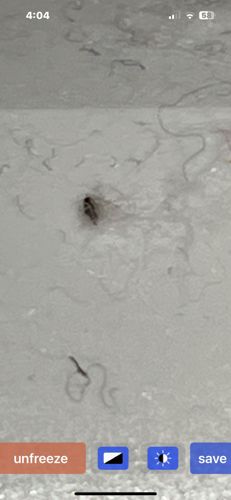Flea
Scientific Name: Siphonaptera (order); various families and genera
Order & Family: Order: Siphonaptera; Family: Varies (e.g., Pulicidae for cat/dog fleas)
Size: 1.5 to 3.3 mm (0.06 to 0.13 inches)

Natural Habitat
Fleas thrive in warm, humid environments. They are typically found on the bodies of their hosts (mammals and birds) and in the hosts' living areas, such as carpets, bedding, upholstery, and cracks in floors.
Diet & Feeding
Adult fleas are obligate blood feeders, exclusively feeding on the blood of their mammalian and avian hosts. Larvae feed on organic debris, including adult flea feces (which consists of dried blood).
Behavior Patterns
Fleas are wingless insects known for their exceptional jumping ability, which they use to move between hosts. They have a four-stage life cycle: egg, larva, pupa, and adult. Eggs are laid on the host but often fall off into the environment. Larvae develop in protected areas. The pupal stage can last for a prolonged period, and adults emerge when they detect a potential host nearby (through vibrations, CO2, or temperature changes). They are active bloodsuckers and can reproduce rapidly.
Risks & Benefits
Risks: Fleas are considered pests due to their bites, which can cause itching, skin irritation, and allergic reactions in humans and pets. They can transmit diseases such as murine typhus, bubonic plague (though rare in modern times), and act as intermediate hosts for parasites like tapeworms (e.g., Dipylidium caninum). Benefits: In some ecosystems, they may serve as a food source for other insects or small animals, but their overall ecological benefits are generally outweighed by their roles as parasites and disease vectors.
Identified on: 11/16/2025